During our conversations (when we get together we have lots of different conversations, many of which weave in and out of each other) I was able to get Tom to tell me what some of his favorite activities were. Most of what he shared are found on his YouTube Channel and a few he described to me how he puts them into practice. (If you have time, don't stop after watching Tom's picks, there's lots more - use the link above to get to his channel.
- Clap Together Tom likes to do this all-group clap activity in order to talk about leadership and expectations. Tom says, "I'm going to count to 3 and then clap. Let's be sure to clap together after 3. Okay, 1, 2, 3," (then Tom pauses with two nods - head nod, head nod) then he Claps. Most often the group claps together right after the number 3. But he is doing something different than expected. Around the idea of leadership - How am I leading? Around expectations - “You’re not doing what we expect?”
- Team Build a Word – Using lettered index cards (or Jumbo Bananagrams), group members build as many words as they can in a certain amount of time. Here's a PDF of the set-up and directions:
| teambuildaword_heck.pdf |
- Bandana Puzzle – Tom contributed this activity to the upcoming Cup It Up: Team Building with Cups book by Cavert & Thompson - released this summer!!! (Yes, we're in the final edits!!)
- Hole Tarp – Find all the construction details and activity variations for the "Holey Tarp" in my new book, Portable Teambuilding Activities
- Ceiling Clock – Ask people to turn their pointed index finger above their head in a clockwise rotation and then slowly lower the hand below eye level (shown in the video) - the finger is now turning counter-clockwise! This "object lesson" is all about perception. Your "view" of something may be different than someone else's view.
- Penny Challenge – Tom likes using this experiment as an object lesson of expectations and goal setting. Each group of two or three participants gets a penny, an eye dropper and a cup of water. Each group is asked to predict (i.e., set a goal) as to how many drops of water the penny will hold - each participant taking turns to add one drop of water to the penny. In most cases participants will under predict what is possible. This leads to a nice conversation about goal setting - often times we under estimate what we can actually do!
- Reach As High As You Can – Here's another object lesson in Tom's arsenal of activities. He simply asks everyone to, "Reach as high as you can." Then, he says, "Okay. this time reach even higher than the last time. Ready? Go!" The discussion then centers around why participants were (most likely) able to reach higher the second time when they were asked the first time to reach as high as they could. What changed for them when asked to "reach even higher"?
- Hidden Numbers – (Version of Hands Down, found in Silver Bullets by Karl Rohnke) Tom likes this lesson for teachers: We “see” our students in one way and look at them even harder to figure them out. We need to “Relax" our vision to see more of what's really going on (i.e., the Big Picture). Too often the “Loud” gets in the way.
- Ameoba Electric Fence – I like the easy-to-find materials for the element in this challenge.
- Infinite Loops - A puzzle as old as time, but still a great learning experience.
Bonus Activity: Full Contact Piñata This is what happens when Tom has too much time on his hands!!
Al l the best,
Chris Cavert Ed.D.

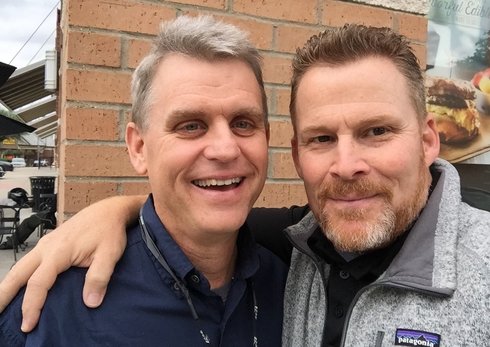
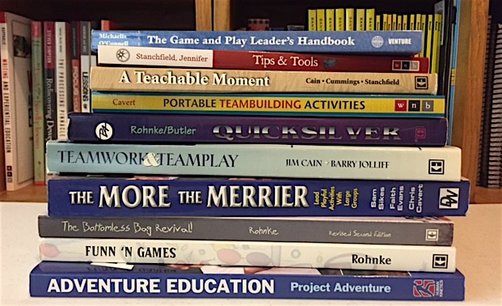
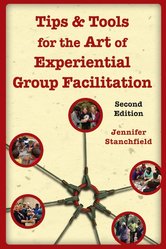
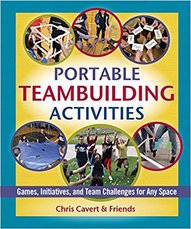
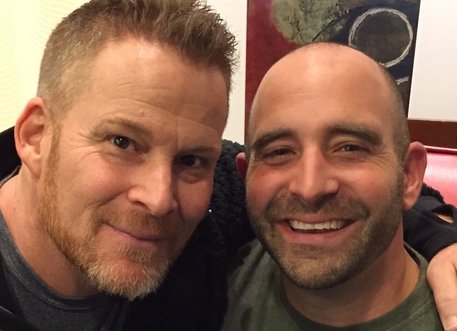
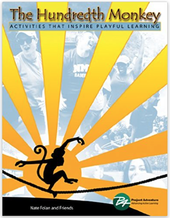
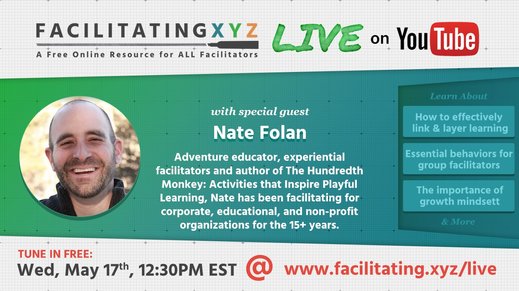
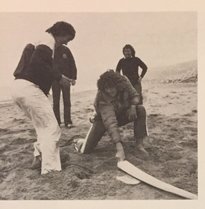

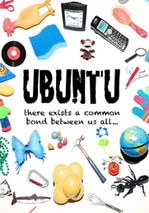
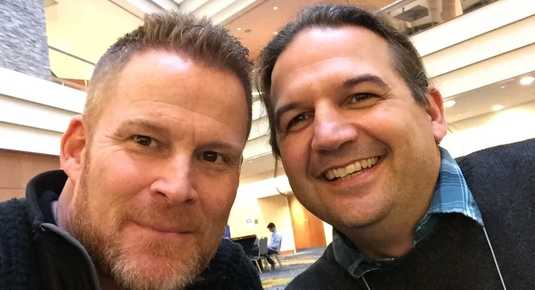
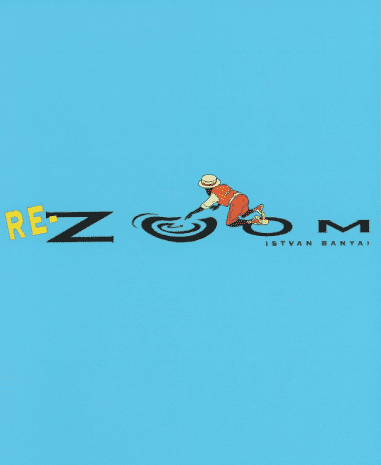
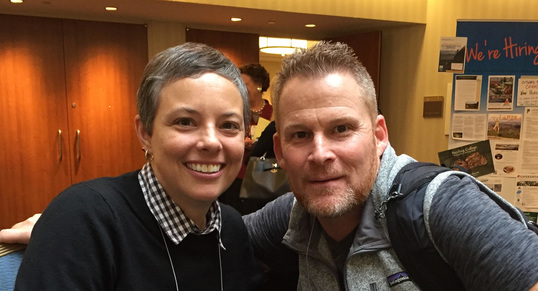
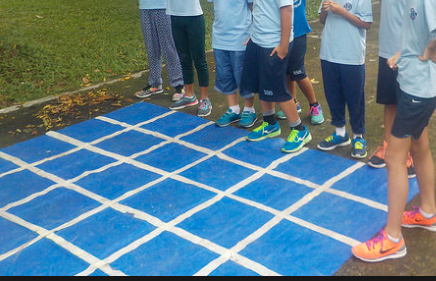
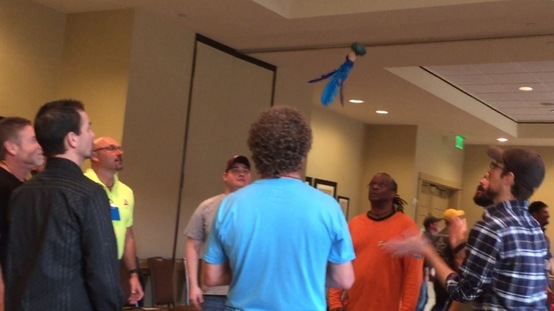

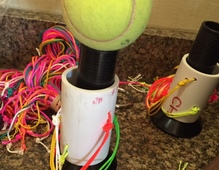
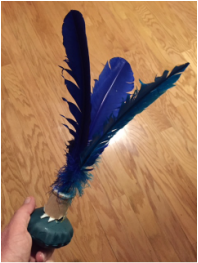
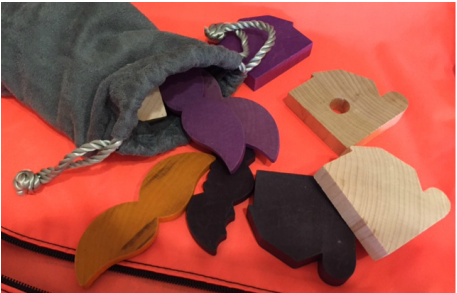
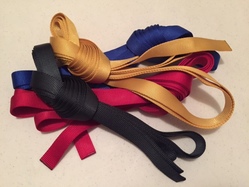
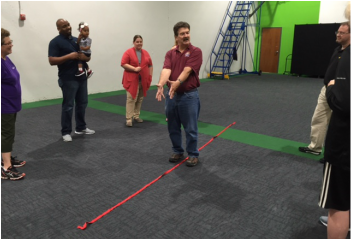
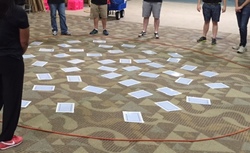
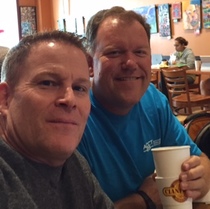





 RSS Feed
RSS Feed